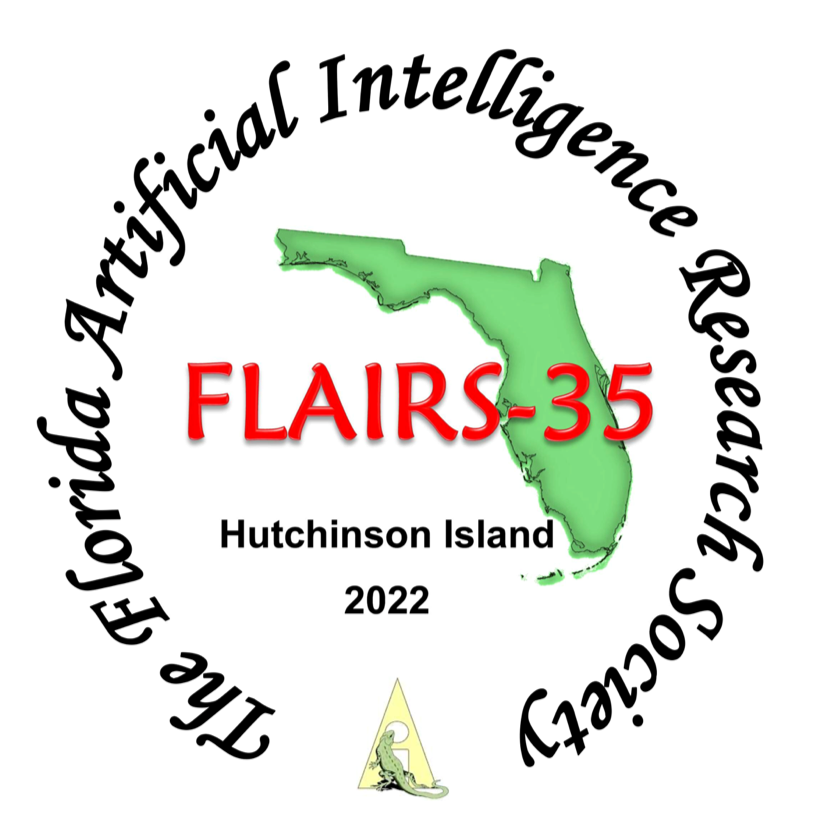A Simple Direct Uncertainty Quantification Technique Based on Machine Learning Regression
DOI:
https://doi.org/10.32473/flairs.v35i.130655Keywords:
uncertainty quantification, deep learning, regression, machine learning, approximationAbstract
Epistemic uncertainty quantification provides useful insight into both deep and shallow neural networks' understanding of the relationships between their training distributions and unseen instances and can serve as an estimate of classification confidence. Bayesian-based approaches have been shown to quantify this relationship better than softmax probabilities. Those approaches to uncertainty quantification, however, require multiple Monte-Carlo samplings of a neural network, augmenting the neural network to learn distributions for its weights, or utilizing an ensemble of neural networks. Current research has yielded several techniques that estimate uncertainty deterministically but tend to struggle in independent evaluation using real-world data and tasks compared to stochastic, or variational, techniques such as Bayesian dropout. In this work, we propose a technique that allows Bayesian dropout uncertainty to be estimated using learned regression models. We find that, once trained, this allows dropout uncertainty to be effectively and efficiently predicted.
Downloads
Published
How to Cite
Issue
Section
License
Copyright (c) 2022 Katherine E. Brown, Douglas A. Talbert

This work is licensed under a Creative Commons Attribution-NonCommercial 4.0 International License.


